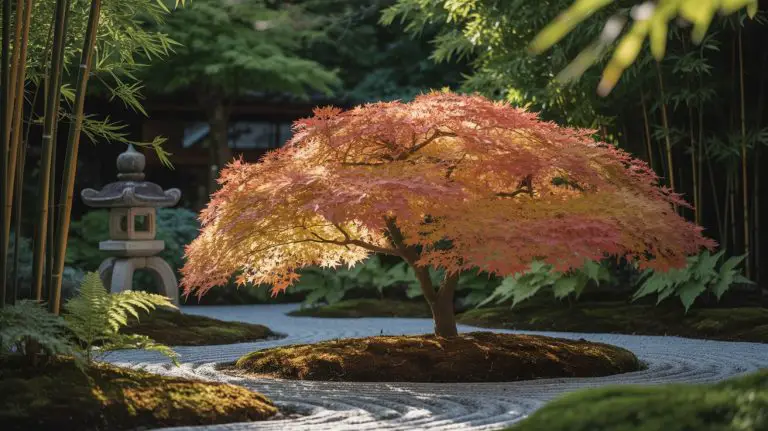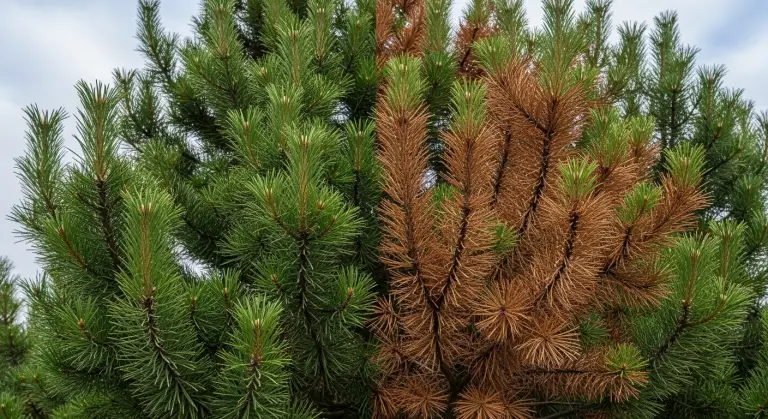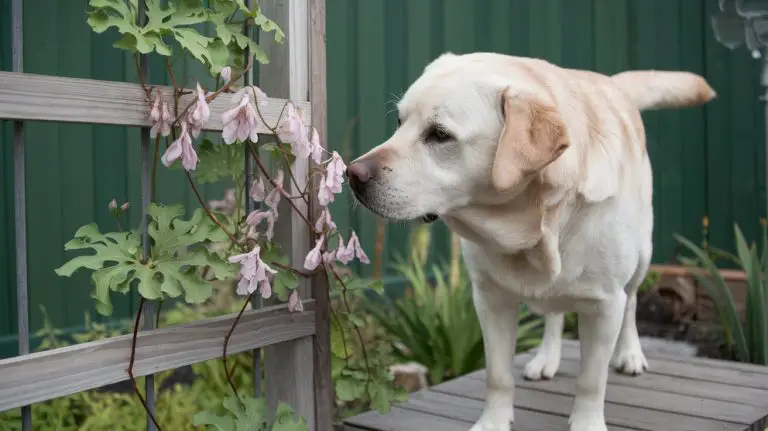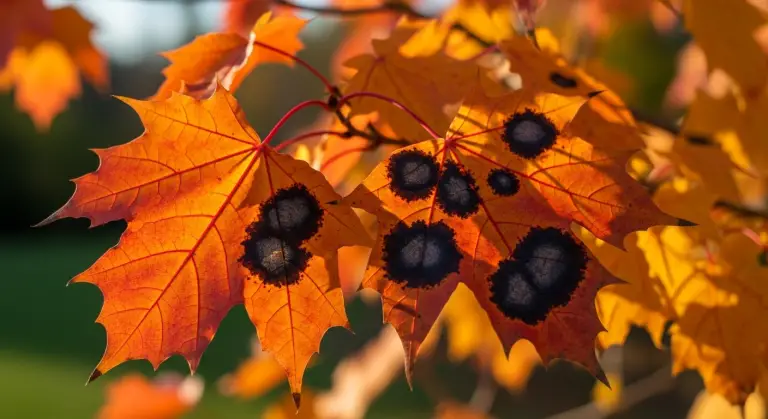Rustic Gardens Ideas – Your Guide To Effortless, Natural
Do you ever find yourself daydreaming about a garden that feels less like a chore and more like a peaceful retreat? A space that isn’t about perfectly straight lines and manicured hedges, but about the gentle, untamed beauty of nature itself?
If you’re nodding along, you’ve likely been captivated by the charm of a rustic garden. This style celebrates imperfection, texture, and a deep connection to the natural world. It’s a garden that invites you to relax, breathe deeply, and enjoy the simple, authentic beauty around you.
Imagine a space filled with rambling roses, weathered wood, and the gentle hum of bees flitting between wildflowers. It’s a garden that feels like it has a story to tell. The great news is, you don’t need a sprawling country estate to achieve this feeling. You can create your own slice of rustic paradise right in your backyard.
This comprehensive rustic gardens ideas guide will walk you through everything you need to know. We’ll cover the core principles, essential materials, perfect plants, and the simple care needed to bring your vision to life. Let’s dig in!
What is a Rustic Garden? The Philosophy of Natural Charm
Before we start gathering materials, it’s important to understand the heart of a rustic garden. It’s less about a strict set of rules and more about an attitude. Think of it as a partnership with nature, not a battle against it.
A rustic garden embraces a “wabi-sabi” approach—finding beauty in imperfection and age. It’s about letting things be a little wild, a little overgrown, and wonderfully authentic. The goal is to create a space that feels personal, lived-in, and deeply calming.
Exploring the benefits of rustic gardens ideas reveals why this style is so popular:
- Lower Maintenance: By choosing hardy, native plants and embracing a less-manicured look, you’ll spend less time weeding and pruning and more time enjoying.
- Eco-Friendly: This style naturally leans towards sustainable practices, like composting, attracting pollinators, and conserving water. It’s a garden that gives back to the environment.
- Budget-Friendly: Rustic design champions the use of reclaimed, salvaged, and natural materials. A weathered fence post or an old watering can becomes a feature, not junk!
- Stress-Reducing: The soft lines, natural textures, and gentle chaos of a rustic garden create a tranquil environment that helps soothe the mind.
The Foundation: Essential Elements for Your Rustic Gardens Ideas
Every great garden starts with good “bones”—the hardscaping elements that provide structure and character. For rustic gardens, the key is to choose materials that look like they’ve always been there. Here are some foundational rustic gardens ideas tips.
Weathered Wood and Reclaimed Materials
Wood is the heart and soul of rustic design. But we’re not talking about pristine, pressure-treated lumber. We want wood with character! Think of using:
- Reclaimed fence posts or old barn wood for creating raised beds.
- Fallen branches woven into a simple, charming fence (a wattle fence).
- An old wooden ladder as a trellis for climbing plants like sweet peas or beans.
- A weathered wooden bench tucked under a tree for a quiet reading spot.
The key is to let the material show its age. The silvered-grey patina of old wood is something to be celebrated, not sanded away. Pro tip: Check local marketplaces or salvage yards for unique and affordable finds.
Natural Stone and Winding Paths
Forget rigid concrete pavers. Rustic paths should meander and invite exploration. They guide the eye and create a sense of journey through the garden.
Use materials like uneven flagstones, river rocks, or even simple gravel to create your pathways. Allow moss or small, hardy groundcovers like creeping thyme to grow in the gaps. This softens the edges and makes the path feel like a natural part of the landscape.
Charming Containers and Found Objects
Container planting is perfect for rustic gardens of any size. This is where you can truly let your personality shine! Almost anything that can hold soil can become a planter.
- Galvanized steel buckets and old watering cans are classics.
- Terracotta pots that have developed a beautiful, mossy patina over time.
- An old wheelbarrow overflowing with trailing flowers like lobelia or petunias.
- Even a pair of old work boots can become a quirky home for succulents!
Don’t worry about everything matching. A collection of different containers adds to the eclectic, gathered-over-time charm that is central to rustic gardens ideas.
Choosing the Right Plants: A Rustic Gardener’s Palette
Plant choice is where your rustic garden truly comes to life. The goal is to create a look that is lush, abundant, and a little untamed. Think drifts of color and texture rather than neat, tidy rows.
Wildflowers and Cottage-Style Perennials
These are the workhorses of the rustic garden. They are often self-seeding, meaning they’ll pop up in delightful, unexpected places year after year. Don’t worry—these flowers are perfect for beginners!
- For Sun: Coneflower (Echinacea), Black-Eyed Susan (Rudbeckia), Shasta Daisy, Yarrow (Achillea), and Lavender.
- For Shade: Foxglove (Digitalis), Hostas with interesting leaf patterns, and delicate Ferns.
- Self-Seeders: Cosmos, Poppies, and Forget-Me-Nots will happily spread their joy around your garden.
Herbs and Edibles
A rustic garden should appeal to all the senses. Integrating herbs and simple vegetables among your flowers adds fragrance, texture, and the joy of a fresh harvest. Plant sprawling rosemary, fuzzy lamb’s ear, or tall, feathery dill. A patch of leafy lettuce or a few tomato plants supported by a simple wooden stake fits right in.
Climbers and Rambling Roses
Nothing says “rustic charm” quite like a climbing plant softening the hard edges of a wall, fence, or pergola. Rambling roses with their clusters of small, fragrant flowers are a perfect choice. Other great options include old-fashioned Clematis, Honeysuckle (a favorite of hummingbirds!), or even a simple climbing bean vine.
How to Create Your Rustic Garden: A Step-by-Step Guide
Feeling inspired? Here’s a simple breakdown of how to rustic gardens ideas can be put into practice. Remember, this is a creative process, not a rigid formula.
Step 1: Observe and Plan (Gently)
Before you dig, take some time to watch your space. Where does the sun fall throughout the day? Are there any spots that are naturally damp or dry? Instead of fighting these conditions, work with them. A rustic garden embraces the natural tendencies of the land.
Sketch out a loose plan. Where might a winding path go? Where is the perfect spot for a small seating area? Keep it simple and flexible.
Step 2: Build Your Bones (The Hardscaping)
Start with the structural elements. Lay your natural stone path, build your reclaimed wood raised beds, or place your feature elements like an old bench or a birdbath. This creates the framework that you’ll soften with plants.
Step 3: Layer Your Planting
Now for the fun part! When planting, think in layers to create a lush, full look.
- Tallest in the back: Start with taller plants like Foxgloves, Delphiniums, or a climbing rose against a fence.
- Mid-layer fillers: Add your cottage perennials like Coneflowers, Daisies, and Lavender in front of them. Plant in drifts or clumps of 3, 5, or 7 for a more natural look.
- Low-growing edgers: Finish the front of the border with lower-growing plants like Lady’s Mantle, creeping thyme, or fragrant herbs.
Don’t be afraid to let plants spill over onto pathways. This is one of the key rustic gardens ideas best practices for achieving that soft, naturalistic feel.
Sustainable and Eco-Friendly Rustic Gardens Ideas
A beautiful garden is wonderful, but a garden that helps the planet is even better. The rustic style is naturally aligned with green practices. Embracing sustainable rustic gardens ideas is easy and rewarding.
Composting and Mulching
Create a simple compost bin in a corner of your garden using old pallets. Composting your kitchen scraps and garden waste creates a rich, free fertilizer that your plants will love. Mulching with wood chips, straw, or shredded leaves helps retain soil moisture, suppress weeds, and regulate soil temperature—all while adding to the natural look.
Attracting Pollinators
Your rustic garden can be a haven for bees, butterflies, and other beneficial insects. Planting single-petal flowers (which are easier for pollinators to access) like cosmos and poppies is a great start. Herbs like borage and lavender are also bee magnets. A simple log pile or a “bug hotel” provides shelter for these vital garden helpers. This is one of the most impactful eco-friendly rustic gardens ideas you can implement.
Water-Wise Practices
Group plants with similar water needs together. Use a rain barrel to collect rainwater for your containers—it’s free of the chemicals found in tap water. By choosing native and drought-tolerant plants once they are established (like Yarrow and Lavender), you’ll create a resilient garden that requires less water.
Rustic Gardens Ideas Care Guide: Embracing Imperfection
The best part of this style? The rustic gardens ideas care guide is all about doing less! Your job is to gently guide, not rigidly control. This is where you can learn to love the “happy accidents.”
Common Problems (and Why They’re Okay!)
One of the most frequent questions we get is about common problems with rustic gardens ideas. Gardeners worry about things looking “messy.”
- Self-seeding plants popping up everywhere? Fantastic! Let them grow for a bit. If a plant is truly in the wrong spot, it’s easy to pull or move. Often, these volunteers create the most beautiful and surprising plant combinations.
- A little bit of rust on a metal bucket? Perfect! That’s called patina, and it adds character.
- Moss growing on your stone path? Wonderful! It adds an aged, timeless quality.
The trick is to reframe your thinking. A rustic garden isn’t messy; it’s alive.
Pruning with a Gentle Hand
When you do need to prune, avoid shearing plants into unnatural balls or squares. Instead, practice selective pruning. Snip off spent flower heads (deadheading) to encourage more blooms, and remove any dead or diseased branches. Let the plant’s natural form be your guide.
Frequently Asked Questions About Rustic Gardens Ideas
What if I have a very small space, like a balcony?
You can absolutely create a rustic feel in a small space! Focus on containers. Use a mix of terracotta, galvanized metal, and wooden planters. Plant a mix of trailing flowers, herbs, and a small climber like a clematis on a mini-trellis. An old wooden crate stood on its end can serve as a multi-level plant stand.
How do I keep a rustic garden from looking just plain weedy?
This is a great question! The key is intention. A thick layer of mulch will suppress most weeds. The “bones” of your garden—the clear pathways and defined (though soft-edged) beds—provide structure. While a few self-seeded flowers are welcome, a carpet of invasive weeds is not. A little bit of selective weeding each week will keep things in check without becoming a major chore.
Are rustic gardens expensive to create?
They can be one of the most budget-friendly garden styles! Actively look for used and salvaged materials. Ask friends for divisions of their perennial plants (gardeners love to share!). Start plants from seed, which is much cheaper than buying mature plants. The emphasis on “found” objects and natural materials keeps costs down.
Go Forth and Grow Your Rustic Dream!
Creating a rustic garden is a journey of discovery. It’s about letting go of the need for perfection and embracing the wild, wonderful beauty of nature.
Start small. Add one element at a time—a winding path, a reclaimed wood planter, a drift of wildflowers. The most important of all our rustic gardens ideas tips is to have fun and create a space that feels uniquely yours.
So go ahead, get your hands dirty, and watch as your own charming, story-filled sanctuary begins to take root. Happy gardening!




